Everyone can benefit from an occasional check-in.
Mechanics suggest cars should get an oil change every six months. The dentist recommends teeth cleaning twice a year. In fact, water filters require replacement every two months.
So, why don't financial advisors do the same check-up for their own RIA firms?
Frequent touch bases with clients are essential (especially in a down market). RIAs deliver performance reports to their clients regularly. These reports are an excellent way for clients to stay updated on their portfolio performance and how their advisor (and the market) has been serving them in recent months.
However, do these RIAs put the same attention towards evaluating the success of their firms?
Looking Under the Hood
Taking a step back from the constant work of supporting clients and managing a team to honestly evaluate the strength of a practice can be critical to the long-term success of an RIA.
Advisors should consider taking a deep dive into their business across various factors like investment management, client communications, and technology performance. The first step is to build a comprehensive list of factors impacting the RIA's business.
When deciding on these factors, RIAs should consider the points that could impact their team's and clients' success.
If the firm finds that its team is spending excessive time calling into their RIA custodian's support team for help managing their platform, that could be putting an unnecessary strain on their business. Or, if an RIA sees that its employee turnover has been exceptionally high in recent years, perhaps they need to reevaluate the benefits or work environment they provide to team members.
Once the RIA has taken a step back and decided what parameters they would like to evaluate for their business, the team should work to determine ideal outcomes in each of those categories. For the employee turnover example, perhaps the goal could be to lose no more than a certain percentage of employees over set periods (one year, two years, five years). These Key Performance Indicators (KPIs) will play a significant role in tracking the team's success and identifying where more attention should be paid within the business.
Consistency is Key
Beyond simply having these check-ins, it's essential these evaluations aren't one-offs. Setting up self-evaluations consistently (perhaps after each round of client performance reports) can be a great way for RIAs to maintain the high standards they've set for their business.
With a standardized set of parameters, having these consistent check-ins will also allow the firm to track how it performs year-over-year. Seeing what's going well and where the firm is trending will enable the team to determine what parts of the business need some more attention.
These long-term results will also allow the team to evaluate points like portfolio management and client retention in different market environments. If a firm sees a dip in client assets during a recession, that may not be the firm's fault – understanding those numbers in the context of multiple years can paint a complete picture.
Informing Client Conversations
These internal evaluations can not only help the RIA's team, but they can also influence how the firm communicates change to clients.
If the RIA has found that particular practice, offering, or technology provider isn't performing at the level it should be, they may look to make a change. When communicating this change to clients, the firm can show precisely why the change is happening and how that change could benefit the firm and, ultimately, that client relationship.
These check-ins are an opportunity to get better. These changes should positively impact clients, whether that's an improvement to help internal employee workflow or a new RIA trading platform that could provide efficiencies when managing client portfolios.
Performance reporting for client accounts is a critical part of RIAs' jobs, but it's only a piece of the puzzle in evaluating the success of client relationships.
Taking a Step Back Before Moving Forward
To be confident in where you're going, you need to know where you've been. For RIAs, this means taking the time to evaluate wins, identify missed opportunities, and make changes to put your firm and your clients in the best position to succeed.
When conducting these self-evaluations, if you feel that your RIA custodian platform could be holding your firm or your clients back, we should talk.







